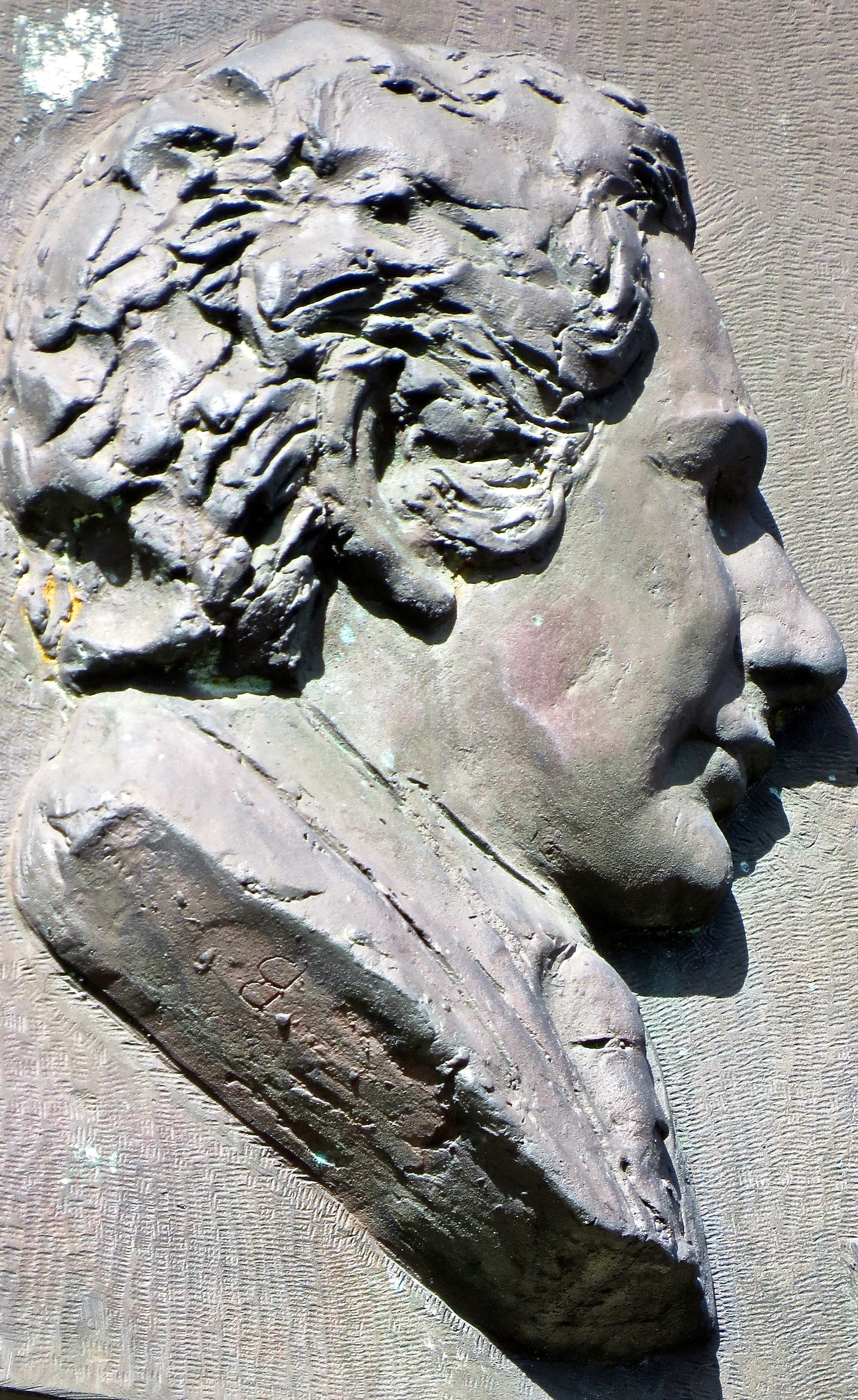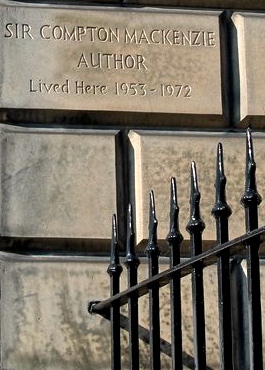
TOTEMS AND THE TRIBE: DAVID HILL ON CUMBERLAND STREET, GREAT KING STREET AND DRUMMOND PLACE
Shadows cast by terrains long ago trodden can sometimes be long enough that they darken paths we now tread in different settings. They shape the way we map, understand, see current locations.
Edinburgh is, for me, a city to be negotiated in this manner. For here, I'm often reminded of the other places I have known.
Sometimes this is simply about physical correspondence. In other cases, the association reaches beyond the somatic into the psychological: sites attain particular meaning not simply through looking like other places, but, by extension, recalling some aspect or quality of life associated with the ground earlier explored.
Cumberland Street has this quality. It brings to mind London's Lord North Street, a similarly scaled Georgian road I would often walk along when working nearby.

On Cumberland Street, I look at my former London life through a glass, darkly. Recollection is partial, and reshaped by the volatile vapours of memory, but the connection is visceral. The street has connotations, and elicits an emotional response, that is distinct from stories of its own: it is overlaid by a phantom thoroughfare.
An Edinburgh site like this, as much as its southern analogue, would constitute one of what French historian Pierre Nora calls Les Lieux de Mémoire, a concept usually translated as realms of memory. Nora's work discusses the construction of national identity and collective memory, through places, objects, symbols and allusions.
These concepts also relate to the formation of individual identity. Personal realms of place-memory force their way into quotidian life, informing and shaping it in ways that, while having the quality of intangibility and partialness, are no less real for it.
The past, evoked through the physical environment in this way, reappears, uninvited, in the present. Sometimes we barely recall its countenance until we glimpse it once again, on our thresholds. On other occasions, we remember it all too well. In either case, it requires accommodating.
A very different type of association is one that is intended, sanctified, by others. The New Town has many connections of this type.
Just a little way south of Cumberland Street is Great King Street. A notable feature of the latter are the many plaques fixed to the stonework informing us of some highly regarded individual's connection to a particular address. Commemorative plaques, of course, have long been a familiar feature of UK cities.

It is a means by which the group – in this case local householders, whatever their actual origins – recognises itself as of the New Town, and identifies with the tribe's past. The elementary form of religious life, as Emile Durkheim termed it, is alive and well on these streets.
This totemic function is particularly important on streets like Great King Street where the demographic has changed significantly over the years, but which still includes enclaves of a more ancien New Town, for whom the totem is also a form of resistance. This is why you will see more plaques here than elsewhere.
At Number 3, we are informed, J.M. Barrie lodged for three years or so while a student. Was Peter Pan in Kensington Garden perhaps inspired by memories of Drummond Place garden? I don't know, but haven't been able to find any significant literary connection to this particular Edinburgh location. It's more, it seems, about reflected glory.
We also, in the same manner, learn that there is a strong Polish connection to this part of the New Town: Polish composer and violinist Feliks Janiewicz lived and died at number 84, and a Major-General resided at number 39.
These nuggets of information, superficially didactic, are really religious. While they do not – quite – amount to ancestor worship, they are a way in which the illustrious past attempts to infuse the present.
In this sense, the J.M. Barrie one functions particularly well, as does that for Compton Mackenzie nearby: Great King Street as Neverland and Drummond Place as breeding ground for miniature Monarchs of the Glen.

Plaque-totems serve as emblems of the New Town tribe and are endowed with spiritual significance: the ancestry and perceived values of the space. They function as ever-present reminders of the area's past, and if you are a local householder, they help enable you identify with it and with your group.
These plaques too are about phantoms.


These incomers are often anxious to take on the airs, mannerisms, carefully honed eccentricities, dilettantism, committee membership, and, occasionally crimson trousers associated, accurately or not, with the area.
In doing so, they perpetuate, eagerly, the myth – or truth – of the New Town as the haven of urban refinement ne plus ultra, of which they, happily, are now a part. The objective truth value of this belief, should there be one, is irrelevant.
Thus, the clan strives, with some success, to maintain an identity in an era lacking close-knit community by co-opting newcomers to its own ends and values. It aims, as far as modern society allows, for broadly the same results as traditional societies: social stability, conformity, and, essentially, feeling good about itself.
In reality, however, the limitations of elementary religion in modern society are all too obvious: for these newcomers it's often more a case of born-again seigneurialism, an attempt to commune with gentry, but with terms and conditions attached.
For such individuals, community is to be understood primarily in terms of who's excluded, and tradition as pastiche, where the issue of where one should go to buy jackets and wellies is the primary concern.
On reflection, perhaps they do understand the spirit of the area.
Here you will find clan as clique, pick 'n' mix customs, and all the warmth of a flagstone in winter.
Lector, si monumentum requiris, circumspice: reader, if you seek a monument to the modern New Town and its folk, look no further.

----------------------------
@theSpurtle brilliant article!
@theSpurtle @NewTownFlaneur An interesting, entertaining, and dare I say it, erudite commentary. Spoiler alert - look out the dictionary.

